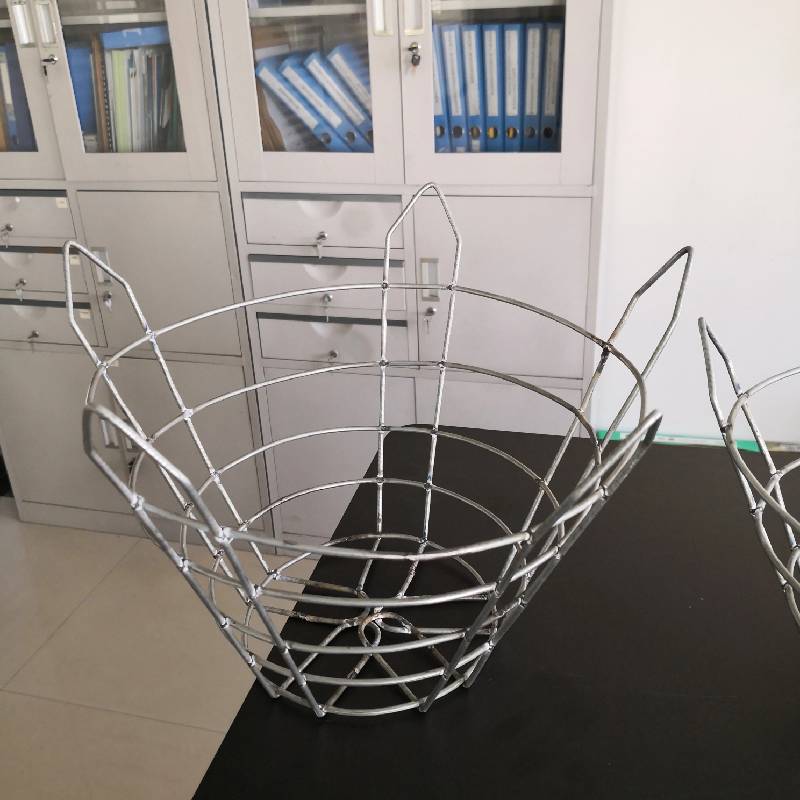
- Mobile Phone
- +8613931874955
- sales@cntcmetal.com
Understanding the Function and Design of V-Shaped Torsion Springs for Mechanical Applications
Understanding V-Shaped Torsion Springs Design and Applications
V-shaped torsion springs are specialized mechanical components designed to store and release energy. They play a crucial role in various applications across different industries, ranging from automotive to aerospace engineering. This article explores the design characteristics, working principles, advantages, and applications of V-shaped torsion springs.
Design Characteristics
V-shaped torsion springs have a distinctive design that differentiates them from other types of springs. They typically consist of a metal wire coiled into a V shape, which allows the spring to exert torque when twisted. The angle of the V shape is crucial, as it dictates the spring's flexibility and torque capabilities. Depending on the specific application, the material choice, wire diameter, and dimensions can vary significantly.
The geometry of these springs enables them to fit into compact spaces while providing significant force. Common materials used in the manufacturing of V-shaped torsion springs include stainless steel, carbon steel, and high-temperature alloys, which ensure durability and resistance to deformation.
Working Principle
The working principle of V-shaped torsion springs is based on the concept of torsional energy storage. When the ends of the V-shaped arms are twisted or rotated, the spring stores energy in the form of potential energy. Upon release, this stored energy is converted into kinetic energy, causing the arms to return to their original position. The amount of torque generated by the spring depends on the angle of twist and the spring's physical properties.
The torque \( T \) generated by the spring can be expressed with the formula
\[ T = k \times \theta \]
where \( k \) is the spring constant (a measure of the stiffness of the spring), and \( \theta \) is the angle of twist in radians. This relationship highlights the direct correlation between the applied torque and the deformation of the spring, making V-shaped torsion springs highly effective in applications requiring precise movement and controlled force.
Advantages of V-Shaped Torsion Springs
V-shaped torsion springs offer several advantages that make them a popular choice in engineering applications
1. Compact Design Their V shape allows them to occupy less space compared to traditional coil springs, making them ideal for applications with limited room.
v shaped torsion springs

2. High Torque Capacity These springs can generate substantial torque despite their compact size, making them suitable for applications that demand significant force without excessive bulk.
4. Durability Constructed from high-quality materials, these springs can withstand harsh conditions, including heat, corrosion, and fatigue, which enhances their lifespan and reliability.
5. Cost-Effective Their efficiency in energy storage and release translates to lower operational costs over time, contributing to overall project budget savings.
Applications
V-shaped torsion springs find applications in a wide range of industries
- Automotive They are commonly used in car door mechanisms, seat recliners, and various locking systems where controlled movements are essential.
- Aerospace In the aerospace sector, these springs facilitate the functioning of landing gear systems and various mechanical actuators, where reliability and precision are critical.
- Consumer Electronics Many electronic devices utilize V-shaped torsion springs in components such as switches and hinges, ensuring smooth mechanisms and durability.
- Industrial Machinery Heavy machinery often relies on V-shaped torsion springs for controlling automated processes, providing both strength and flexibility in operation.
- Musical Instruments In instruments such as pianos, these springs are used in action mechanisms to enhance performance and playability.
Conclusion
V-shaped torsion springs are indispensable components that offer unique design benefits and versatile applications. Their capacity to store and release energy efficiently makes them an excellent choice for numerous mechanical systems. As technology advances, we can expect to see even more innovative uses for V-shaped torsion springs in the future, driving progress across various industries and enhancing the performance of countless products. Understanding their engineering principles and practical uses can help designers and engineers select the right components for their projects, ensuring optimal functionality and performance.
share:
-
Your Source for Concrete Wall Ties and Masonry AccessoriesNewsJul.10,2025
-
Unlocking the Power of Iron Wire for Every ProjectNewsJul.10,2025
-
Explore Advanced Chain Wire and Stainless Steel Mesh FencingNewsJul.10,2025
-
Discover the Benefits of Annealed Wire ProductsNewsJul.10,2025
-
Discover China Stainless Steel Wire Mesh SolutionsNewsJul.10,2025
-
Build with Confidence Using High-Performance Masonry AccessoriesNewsJul.10,2025
-
Why Sacrificial Formwork Is Redefining Underground ConstructionNewsJun.06,2025



















